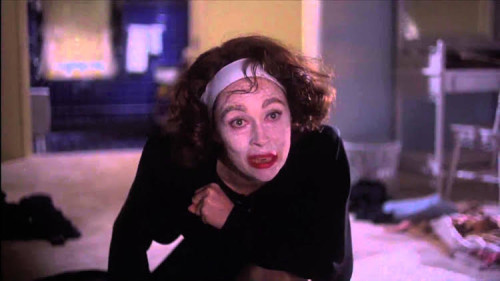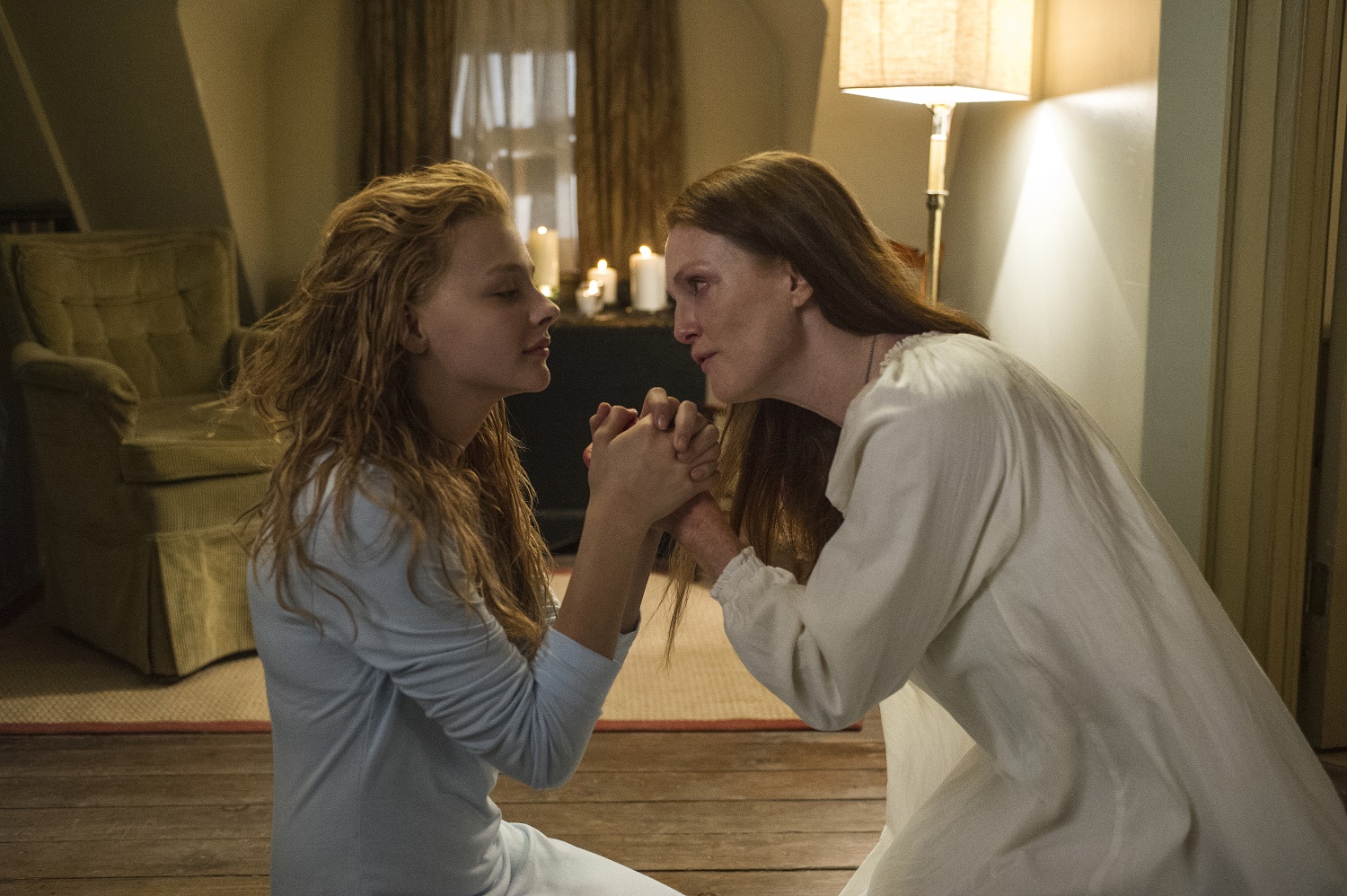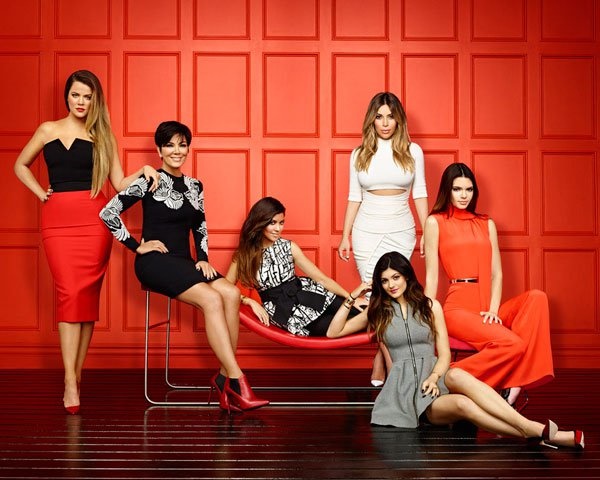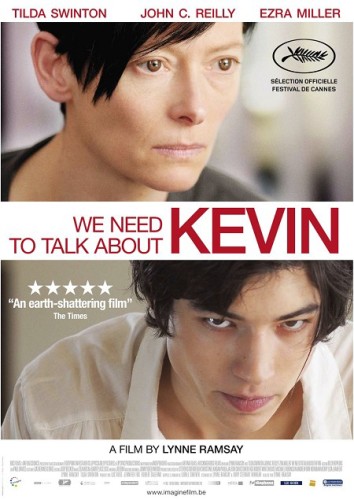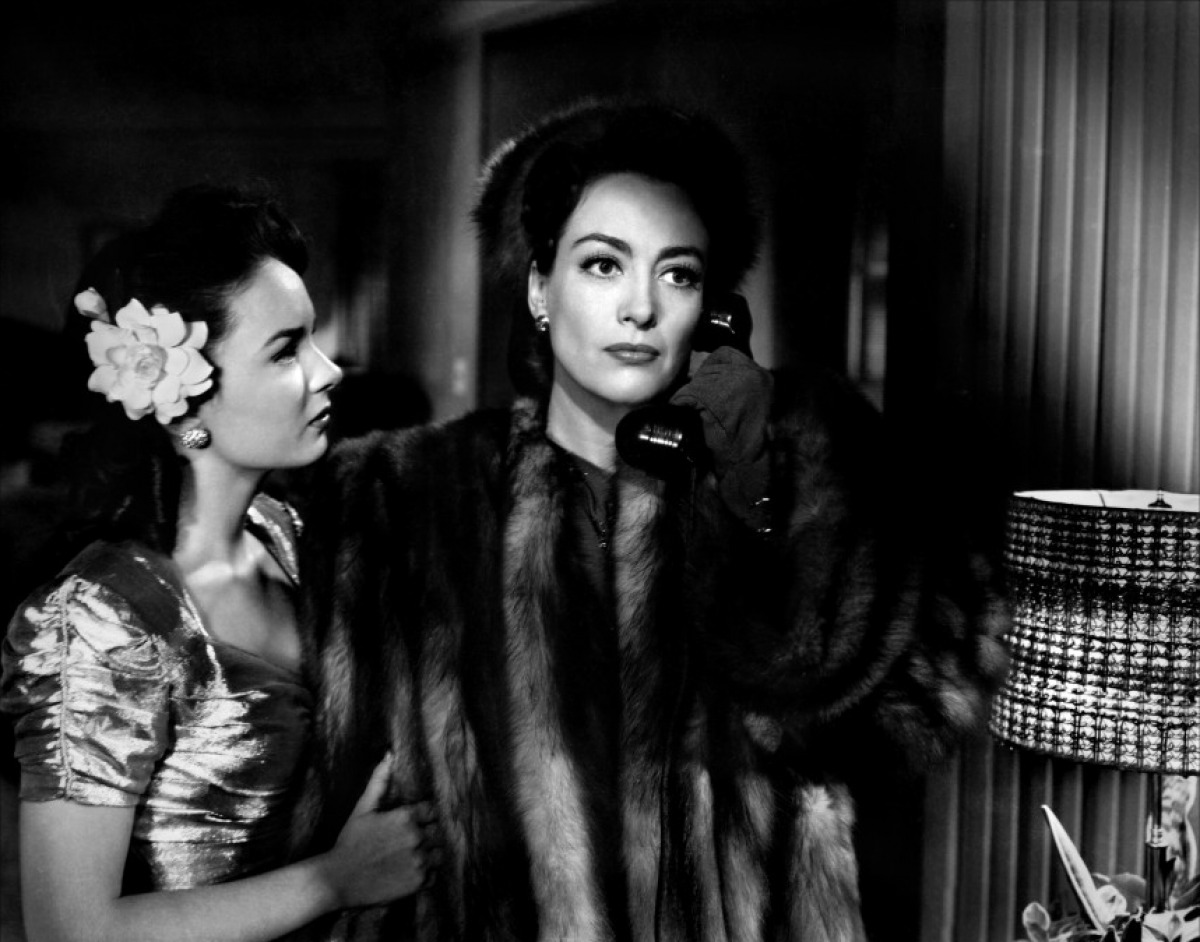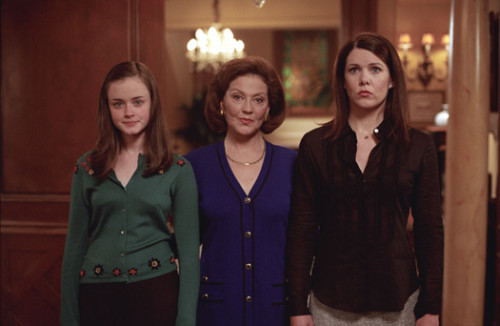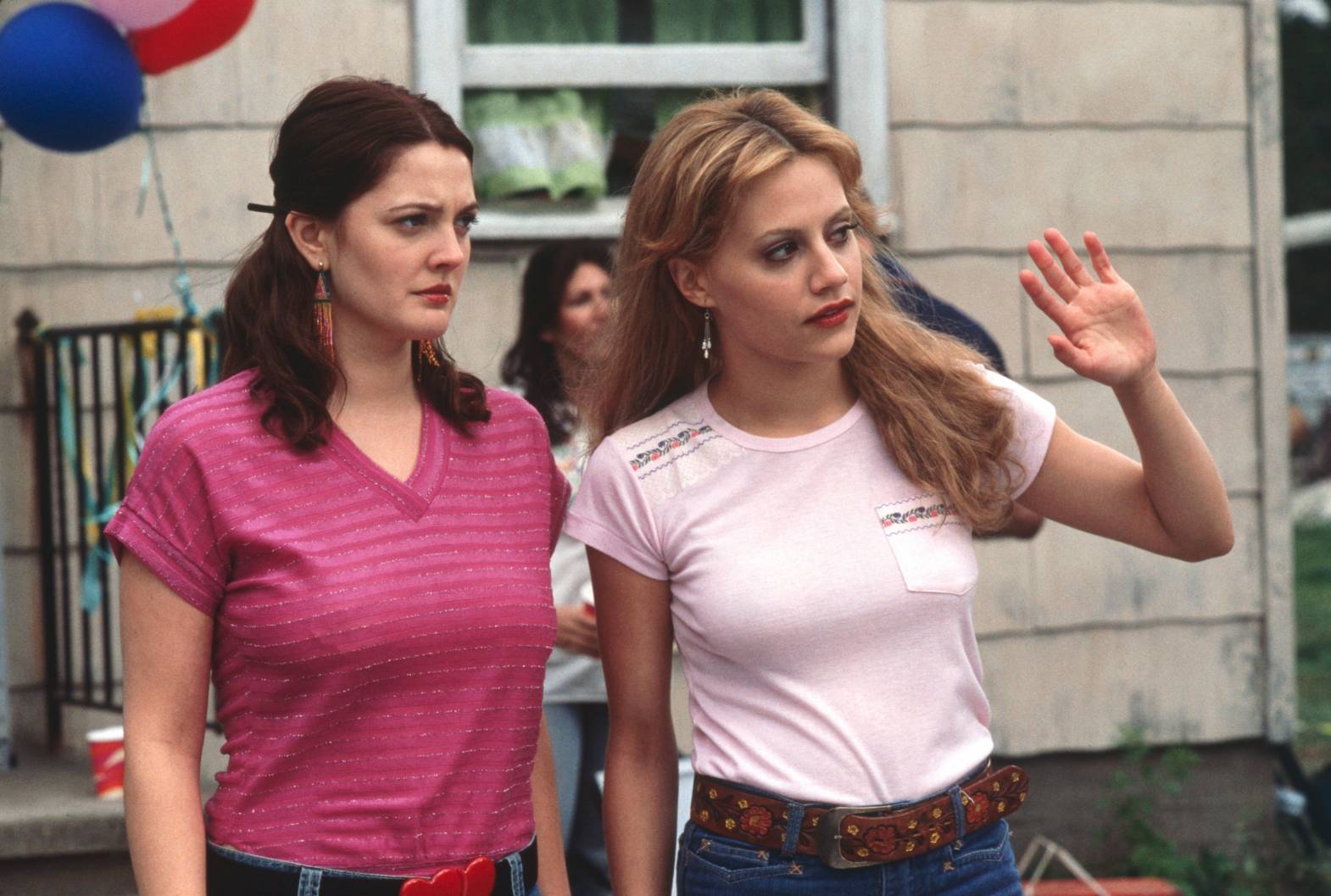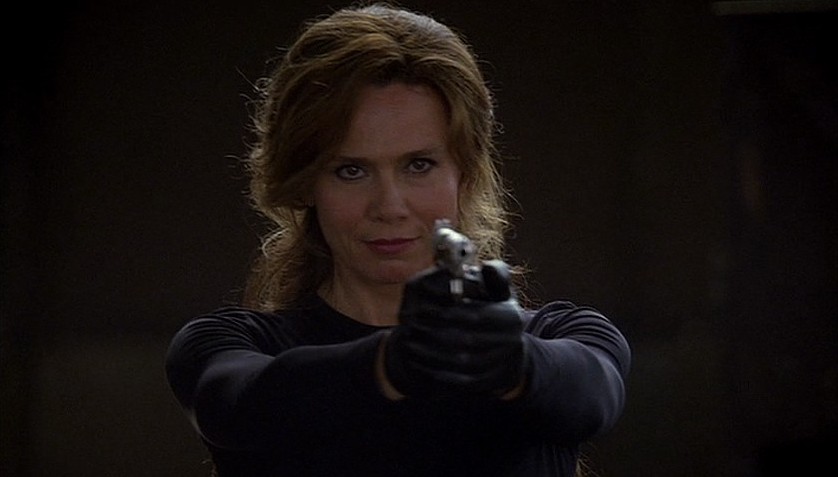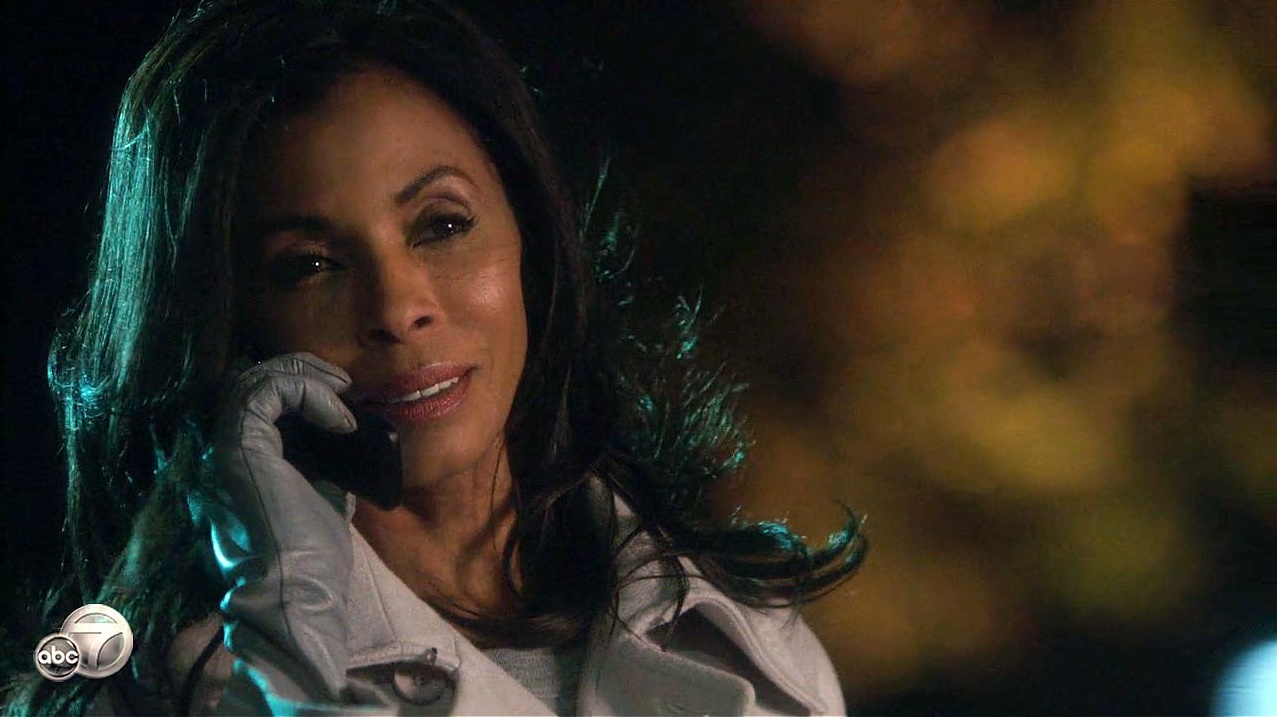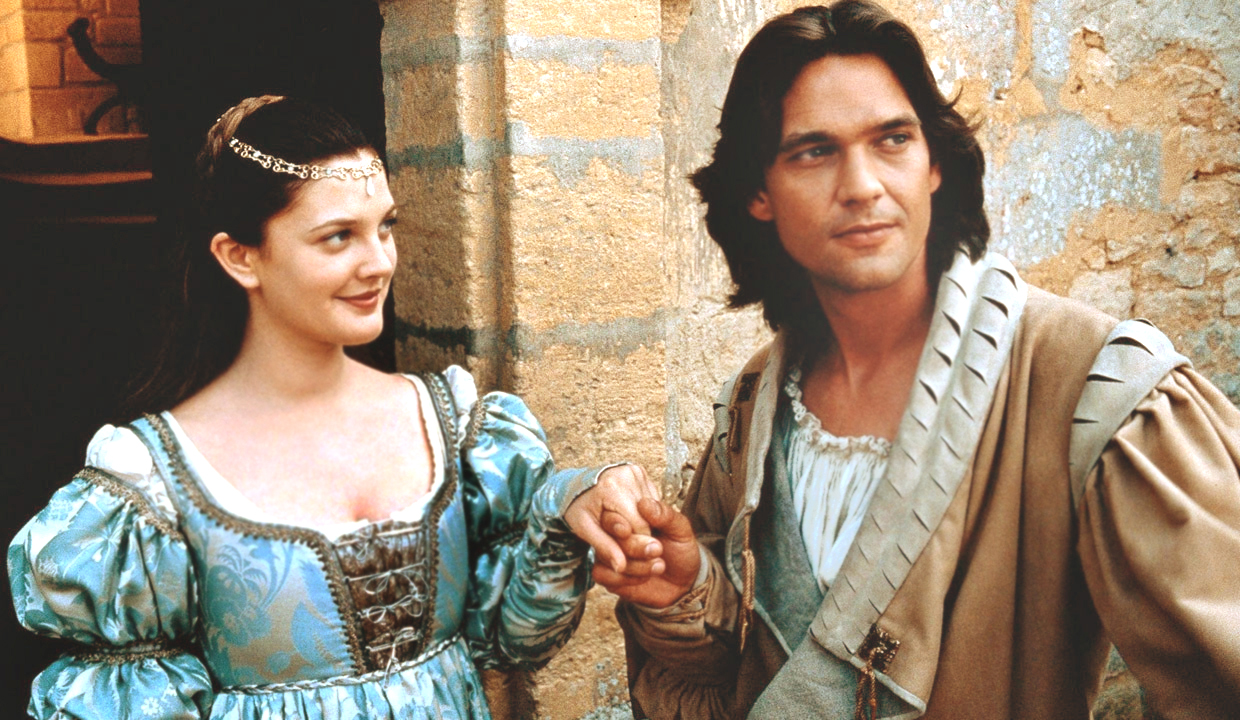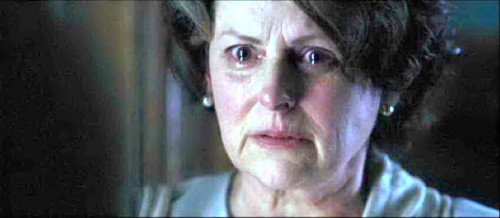Emily Gilmore and the Humanization of Bad Mothers by Deborah Pless
They’re complicated women who have both scarred each other over the years, and there’s no getting past that easily. But they both try. And in trying, we get a better picture of who they are as human beings. Like I said in the beginning, there’s something so valuable in seeing a character like Emily who is, unequivocally, a bad mother also be a good person. Because she is a good person. Sometimes. Mostly.
Grace: Single Mothers, Stillborn Births, and Scrutinizing Parenting Styles by BJ Colangelo
Eventually, Madeline is pushed to the absolute limit in protecting her child and kills those trying to take her daughter from her…and feeds them to her. “What doesn’t kill you makes you stronger” is explored to the nth degree as the blood of those trying to destroy the mother/daughter relationship are then utilized to keep baby Grace alive.
Michiko to Hatchin: Anime’s Newest Mom Has Some Issues by Robert V. Aldrich
Throughout the course of the 22-episode series, Michiko abandons Hatchin to get laid, lets Hatchin work a part-time job rather than pay for shoes she herself stole, leaves Hatchin with an abusive orphanage (more on that in a second), lets her run away half a dozen times, all while the two bicker constantly about often incredibly petty matters. All of this rolls up to establish that Michiko is, well, basically just a terrible, terrible mom.
And that’s pretty amazing.
The Accidental Motherhood of Gloria by Rhianna Shaheen
Every woman is a mother? Yeah, no thanks. If Gloria is a “mother” to Phil then she’s also a lifetime member to the Bad Moms Club. In the beginning, Jeri, Phil’s real mom, calls on Gloria to take her kids. She tells Gloria that their family is “marked” by the mob. A gangster even waits in the lobby. Jeri begs her to protect her kids to which Gloria bluntly responds: “I hate kids, especially yours.” Despite her tough-talk, this ex-gun moll, ex-showgirl reluctantly agrees.
The Killing and the Misogyny of Hating Bad Mothers by Leigh Kolb
Vilifying mothers is a national pastime. Absent mothers, celebrity mothers, helicopter mothers, working mothers, stay-at-home mothers, mothers with too many children, mothers with too few children, women who don’t want to be or can’t be mothers–for women, there’s no clear way to do it right.
“The More You Deny Me, the Stronger I’ll Get”: On The Babadook, Mothers, and Mental Illness by Elizabeth King
Most people I talked to and most of the reviews that I read about The Babadook concluded that the film is about motherhood or mother-son relations. While I agree, I also really tuned in on the complicating element to this whole narrative, which is that the mother is mentally ill.
Mommy: Her Not Him by Ren Jender
I went into Mommy, the magnificent film from out, gay, Québécois prodigy Xavier Dolan (he’s 26 and this feature is the fifth he’s written and directed) knowing that Anne Dorval, who plays the title character, was being touted in some awards circles as a possible nominee for “Best Actress” in 2014 (she’s flawless in this role, certainly better than the other Best Actress nominees I saw)–as opposed to “Best Supporting Actress.” But this film (which won the Jury Prize at Cannes) kept surpassing my expectations by keeping its focus on her and not the one who would be the main character of any other film: her at turns charismatic, obnoxious and violent 15-year-old, blonde son, Steve (an incredible Antoine-Olivier Pilon).
Gambling for Love and Power by Erin Blackwell
These two characters’ inability to see each other as anything other than personal property emerges as the compelling dramatic engine of unfolding events involving far more sinister agents, who eventually exploit the fissure in the mother-daughter bond.
The Babadook and the Horrors of Motherhood by Caroline Madden
Amelia didn’t need to be possessed to have feelings of vitriol towards her son; they were already there, lurking inside her at the beginning. Rarely, if ever, is a mother depicted in film this way. Mothers are expected to be completely accepting and loving towards their child 24/7, despite any hardships or challenges their child presents to them.
Viy: Incestuous Mother as Horror Monster by Brigit McCone
For women, male anxieties over female abusers combine great risk of demonization with great opportunity to forge connection. Men, like women, understand boundaries primally through their own bodies and identification. Rejecting one’s own abuse teaches one to fight against all abuse; excusing it teaches one to abuse.
Splice: Womb Horror and the Mother Scientist by Mychael Blinde
Splice explores gendered body horror at the locus of the womb, reveling in the horror of procreation. It touches on themes of bestiality, incest, and rape. It’s also a movie about being a mom.
Ever After: A Wicked Stepmother with Some Fairy Godmother Tendencies by Emma Kat Richardson
As an orphan of common origins, Drew Barrymore’s spunky protagonist, Danielle de Barbarac, is forced into a life of servitude to her father’s widow, the Baroness Rodmilla de Ghent, and the Baroness’s two natural daughters, Jacqueline and Marguerite. As Baroness Rodmilla, Anjelica Houston is equal parts breathtaking as she is fearsome, as cruel as she is oddly sympathetic.
Bad Mothers Are the Law of Shondaland by Scarlett Harris
It’s fascinating that all four of Shonda Rhimes’ protagonists have strained relationships with their mothers… Shondaland’s shows work to combat the stereotype that if you don’t have a functional family unit, replete with a doting, competent mother, you’re alone in the world.
Spy Mom: Motherhood vs. Career in the Alias Universe by Katie Bender
This conflict drives Sydney’s arc and establishes a recurring question at the heart of Alias: can you be both a mother and a spy? … Sydney’s own mother Irina figures powerfully into this conflict. … Yet Irina’s arc throughout Alias is the tension between her desire for a relationship with her daughter and her independence as a spy.
Riding in Cars with Boys and Post-Maternal Female Agency by CG
Riding in Cars with Boys showcases a humanity to women who are mothers that our media lacks. Women are constantly punished and depowered for their sexuality, and their motherhood status is often used as another way to control in media.
The Strange Love of Mildred Pierce by Stacia Kissack Jones
Elements of Mildred Pierce play on the maternal sacrifice narratives that made films like Stella Dallas (1937) and The Sin of Madelon Claudet (1931) so powerful, and updates them for a more cynical era, positing that her sacrifice has not saved her children but ruined them…
We Need to Talk about Kevin‘s Abject Mother by Sarah Smyth
The film relocates the fears surrounding motherhood away from the patriarchal fears of abjection to the female and feminist fears of fulfillment.
Keeping Up with the Kardashians: Is Kris Jenner a Bad Mother? by Scarlett Harris
When their lives are out there for all the world to see, it’s easy to judge the Kardashians.
Controlling Mothers in Carrie, Mommie Dearest and Now Voyager by Al Rosenberg
These three “bad moms” fashion themselves the Moirai, the Fates, the three women in control of everything on earth. …These films were just the start of audiences’ obsession with controlling mothers. We continue to see these tropes replayed in a multitude of ways.
